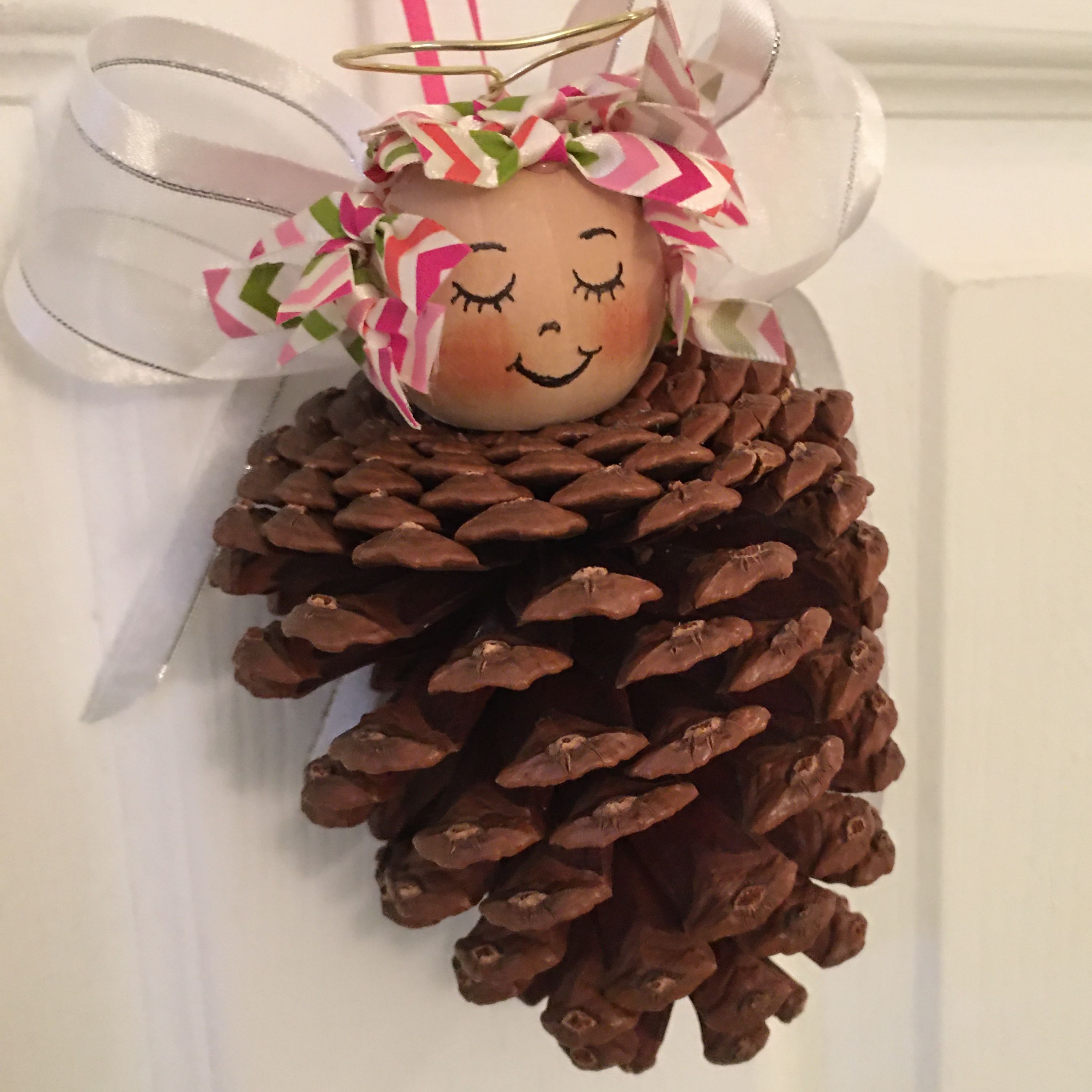Mahdiyyah Muhammad is a self-taught Artist, Fashion Designer, and Instructor who began designing at a very young age, breathing new life into discarded clothing.
She draws inspiration from her practice of fabric alchemy; with an ability to take recycled, bio-based materials and turn them into one of one works of wearable art that boost healing properties. Taken from her research of naturally occurring materials and the effects they have on the body, each design is created with intentional fabric carrying high vibrational frequency like linen, cotton, wool, and organic cotton. Knowing the body in its optimal health has a vibrational frequency of 100, and fabrics like linen and wool contain an extremely high frequency of 5,000, she carefully selects her materials with this in mind. Mahdiyyah speaks more about this in her educational fabric workshops.
With a passion for sharing her knowledge about fabric textile origins, healing qualities, and sewing education, she offers sewing classes, educational healing fabric workshops, and project-based sessions. Her upbringing in East Orange, NJ rooted her values in the importance of community, and creating opportunities for others who may not easily be afforded them. Other initiatives include mentorship opportunities for youth, and collaborations with various community organizations to provide sewing and healing fabric workshops for their members.
Insights from this Episode
- How Mahdiyyah would characterize her sewing story
- How Mahdiyyah built her creativity
- At what point in her life Mahdiyyah decided she wanted to make design her only career
- How Mahdiyyah made all her pieces without a sewing machine
- Why doing her own outfits was a special moment for Mahdiyyah in order to build her confidence
- How Mahdiyyah founded her own business
- Why "repurposing textile" is fundamental forMahdiyyah’s business
- How did Mahdiyyah pair fashion with teaching and community building
- How Mahdiyyah’s experience with an artist in Barbados influenced her purpose with fashion
- What challenges did Mahdiyyah face in her collection of natural materials
- How Mahdiyyah’s childhood influenced her desire to help under-resourced communities through fashion
- What is fabric alchemy
- How does vibration in fabrics works
- What Mahdiyyah would say to help someone to "get their stitch together"
Stay Connected:
Lisa Woolfork
Instagram: Lisa Woolfork
Twitter: Lisa Woolfork
Mahdiyyah Muhammad
Website: https://www.mahdiyyah.co/
LinkedIn: Mahdiyyah Muhammad
Instagram: Fabric Alchemist
Facebook: Mahdiyya Mbugua
Sign up for the Black Women Stitch quarterly newsletter
Check out our merch here
Leave a BACKSTITCH message and tell us about your favorite episode.
Join the Black Women Stitch Patreon
Check out our Amazon Store
Stay Connected:
YouTube: Black Women Stitch
Instagram: Black Women Stitch
Facebook: Stitch Please Podcast



